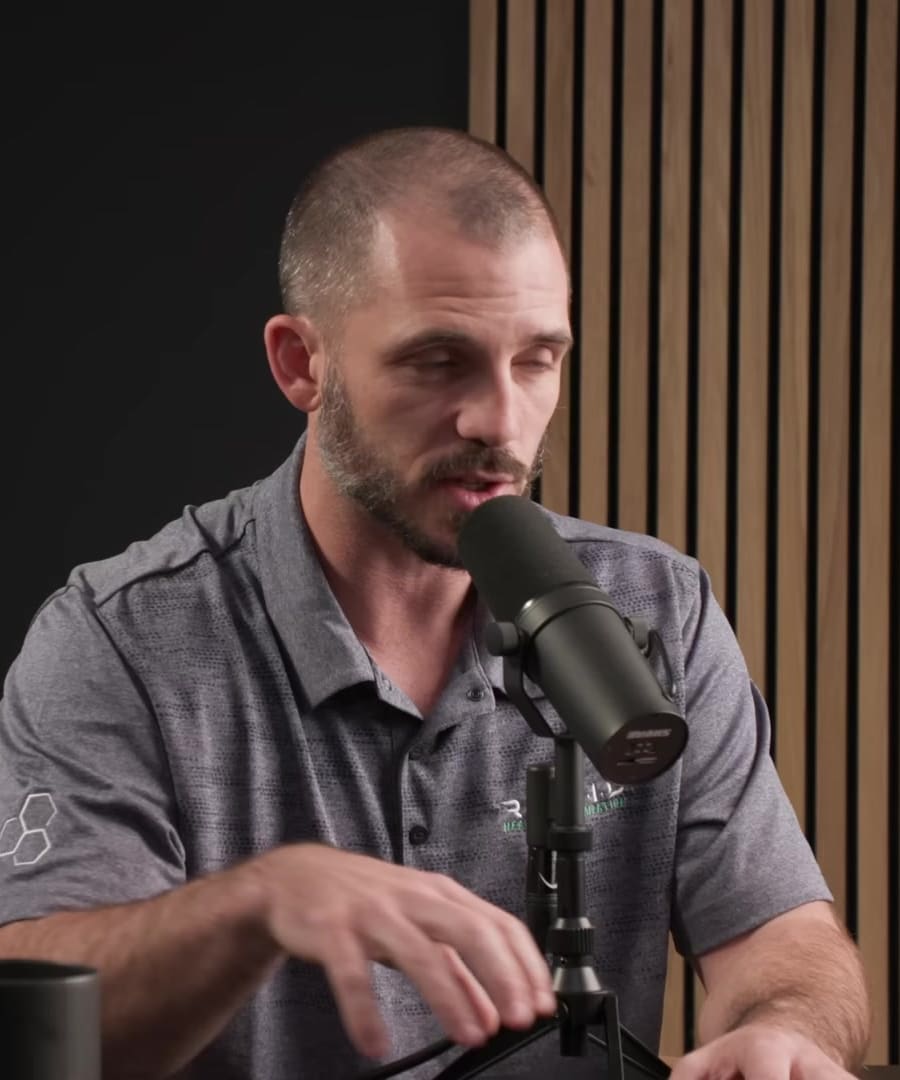How does metabolism regulate carbon?
Sources:
and Andy Galpin discussed how metabolism regulates carbon through a process involving the storage and utilization of carbon molecules, which is fundamentally similar in both plants and humans. Here’s the key sequence of metabolic events regulating carbon in our bodies:
-
Carbon Storage:
- Humans ingest carbon by consuming carbohydrates, fats, and proteins, which are stored in various forms: glucose in the blood, glycogen in muscles and liver, fat in adipose tissues, and protein as structural components like muscle 1.
-
Energy Release:
- Metabolism involves breaking down these carbon-containing molecules to release energy. This process also releases carbon, which is then exhaled as carbon dioxide (CO2) after binding with oxygen during respiration 1.
-
Sleep and Metabolism:
- Different sleep states, such as REM and slow-wave sleep, regulate various metabolic pathways. For instance, slow-wave sleep enhances fatty acid oxidation, whereas the transition from sleep to wakefulness reduces it. This fine-tuning of metabolic processes during sleep affects how efficiently carbon molecules are utilized and stored 2.
These processes highlight how metabolism plays a crucial role in the regulation of carbon in the body by managing its intake, storage, and expulsion.
RELATED QUESTIONS-

